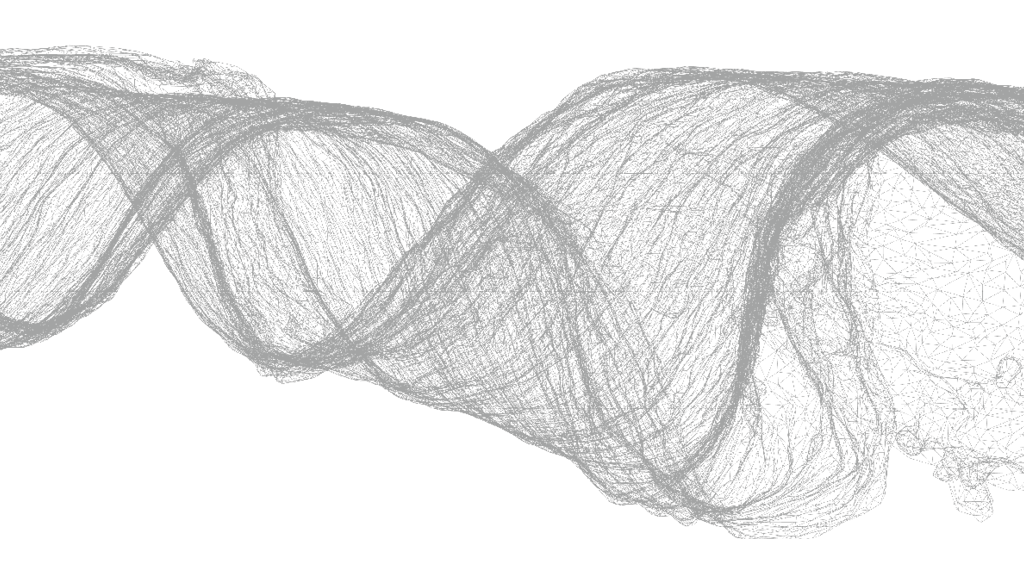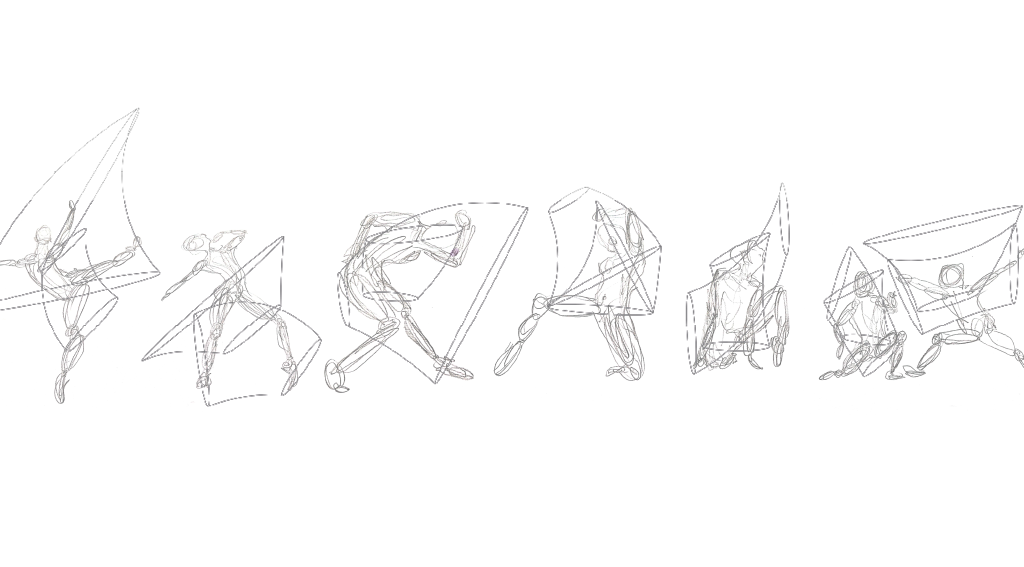A design proposal that challenges the conventional street design and invites physical activity in the public urban space
MOVEMENT & THE CITY
How can MOVEMENT and NATURE direct ARCHITECTURE
Gothenburg is located on the westcoast of Sweden with the river Götaälv who divides the city in the middle. It is the proximity to the sea in the west and the river’s ability to transport goods to the inner parts of the country that made the city grow and become Sweden’s second largest city.
The city center and the area within the moat are located next to the river with canals that surround. The city’s sights and attractions are all located within walking distance and you will find a city that gives its architecture an exciting mix of historic buildings and modern design.
The city’s historical imprint in the form of the cobblestones is found on many of the city’s streets, which gives a pleasant aesthetic expression, but whether the surface meets today’s requirements for accessibility can be discussed.
On the outskirts of the city there are several nice areas to enjoy nature, exercise and physical activities such as Skatås and the Delsjö area, Slottskogen and Änggårdsbergen. If you are centrally located and want to exercise in a time-efficient way, in the evening or during lunch, then you are referred to an indoor gym or jogg on the city’s uneven granite knot stones.
By planning a central route for activity and replacing lanes of the current ground surface with resilient material, the project’s purpose is to encourage movement as a natural element in the city. The aim is also to offer tourists toexperience the city with their running shoes on, so the route is planned near several attractions.
Along the quay between Skeppsbron and the new Masthuggskajen, an area with new blocks and a park – like square is planned in connection with public activities. The movement route extends along the site and to provide more value and content, an installation for physical activity, rest and contemplation will be a destination in the project.
The project investigates how human movement in the form of walking, running and jumping in relation to nature’s design language can derive the architecture and the design of the installations.
The results is a design proposal that challenges the conventional street design and invites physical activity in the public urban space. The outcome on Skeppsbroquay consists of three installations aimed at different human activity – strength, balance and stillness.
KEYWORDS : GOTHENBURG, EXERCISE ROUTE, MOVEMENT STUDIES, MOVEMENT INSTALLATION
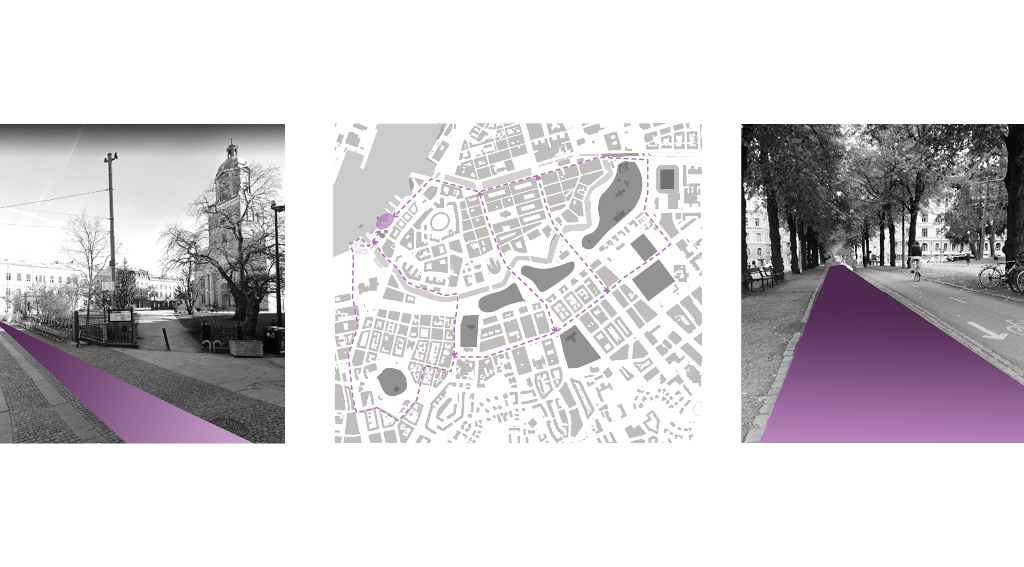
The outzoomed proposal is an exercise track in the central parts of
Gothenburg. With soft material to move on and routes that are where people are. The round is located and stretches along areas where many people move, for safety and for movement in the city to be a natural element, as an encouragement and obviousness in the city noise.
How can movement and nature direct architecture
.
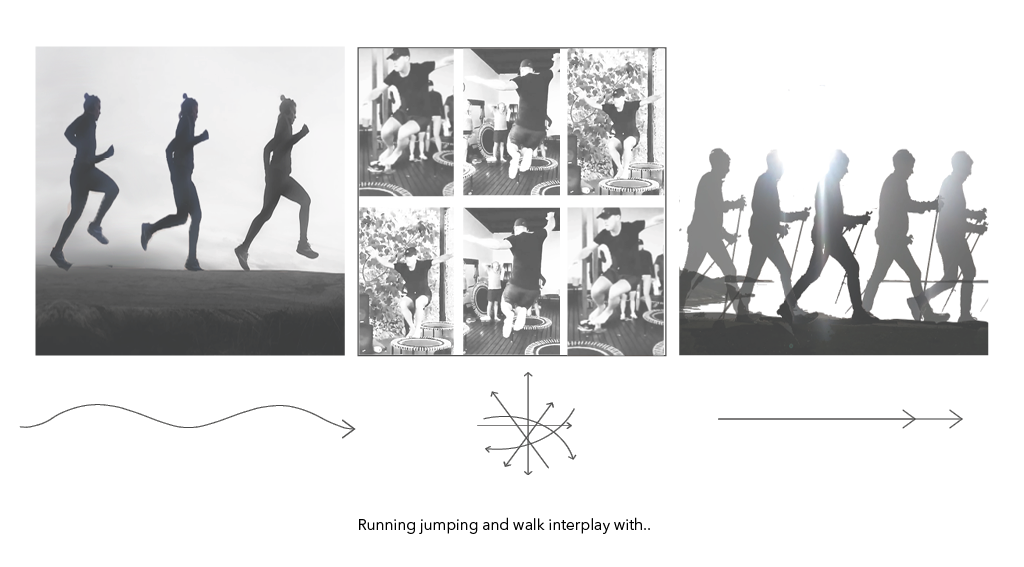
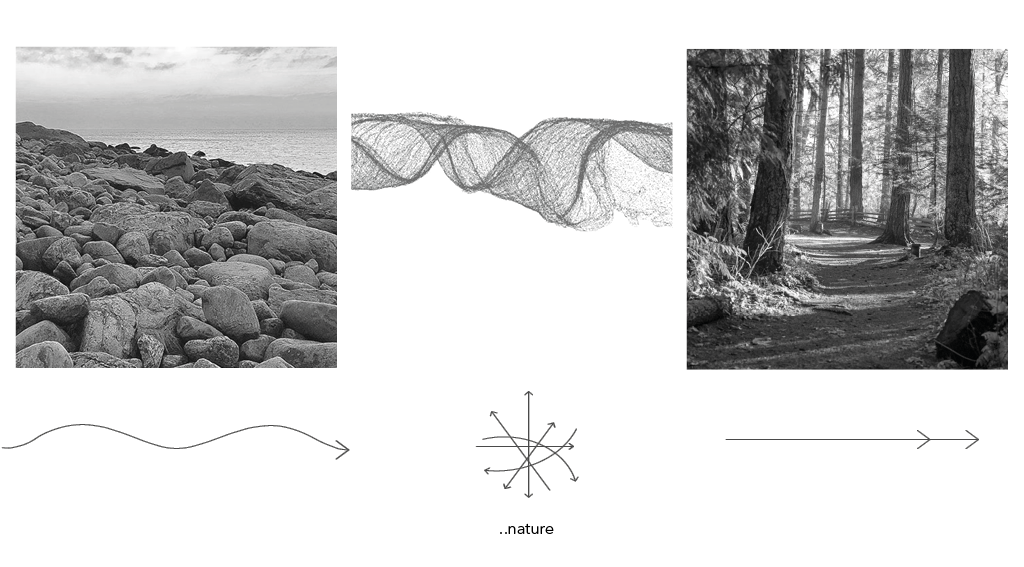
The site
The site for the installation is the new Skeppsbron, between Stenpiren and the new Masthuggskajen. It is an area that is planned but not yet built. The area will house a nice quaypromenade, a park and public areas for culture and leisure.
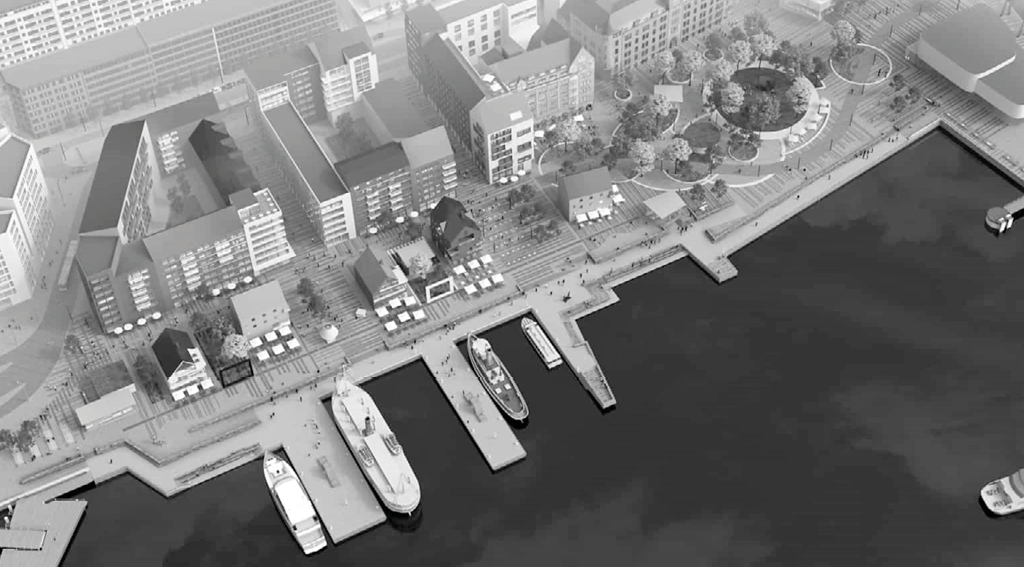
.
Proposal -the installation

The installation for physical activity, rest and contemplation will be a destinationon on the route. It is located next to the park on Skeppsbrokajen and will be lightly and windy exposed with a wide view of the river. As it is an area that is defined and the three different additions cut througt the extercice route it will encourage other kinds of movement and offer a quiet place on the pontoon.
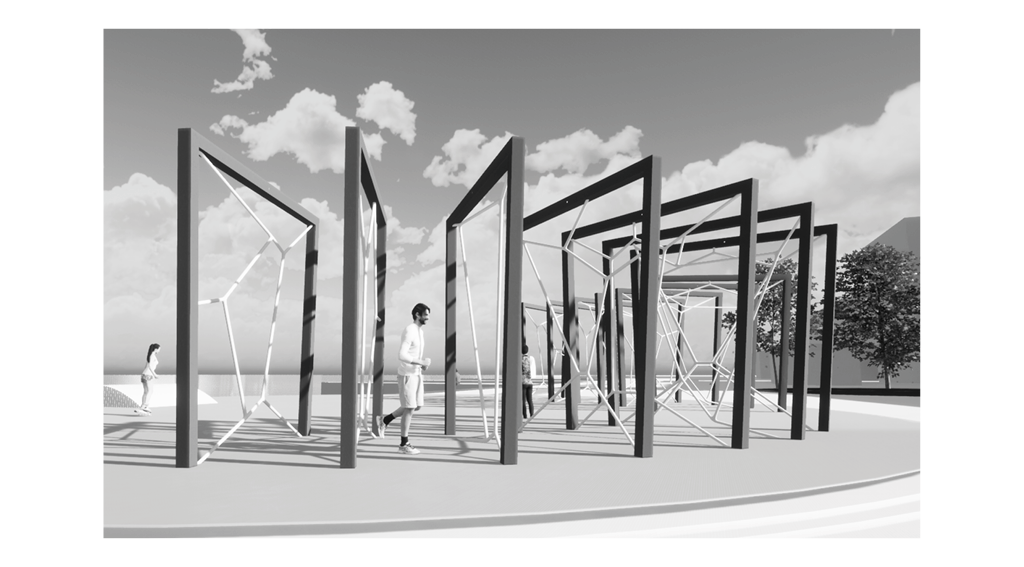
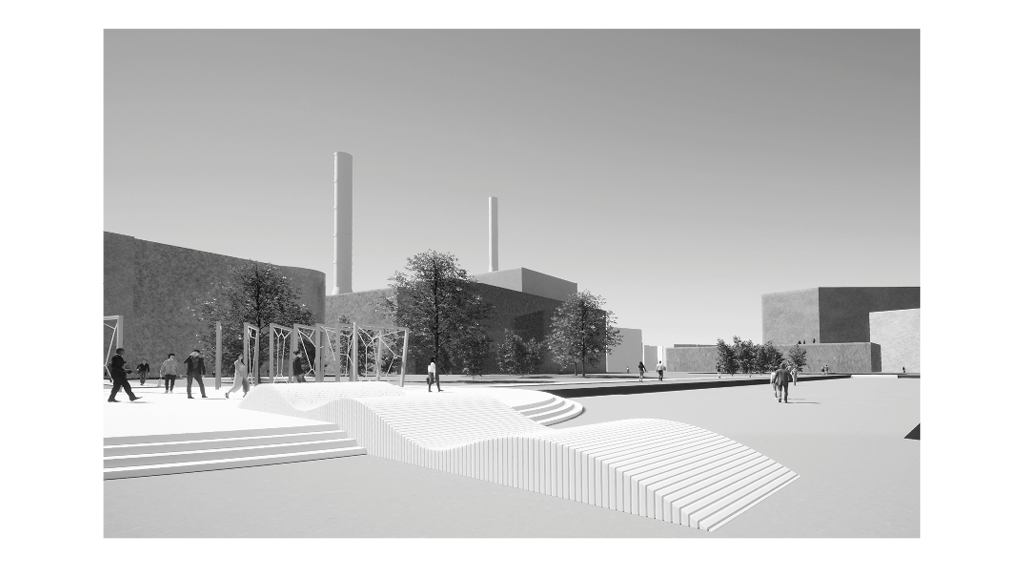
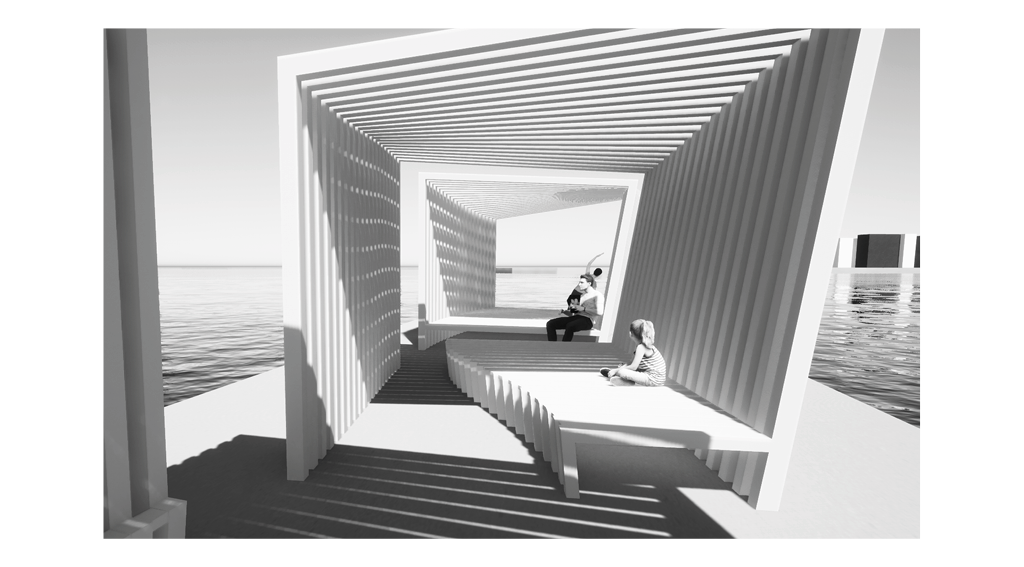
….
An animation of the area. It flies in from Lilla torg, past Stenpiren and along Skeppsbrokajen and the area for the movement installation:
For a more detailed look into the project:
